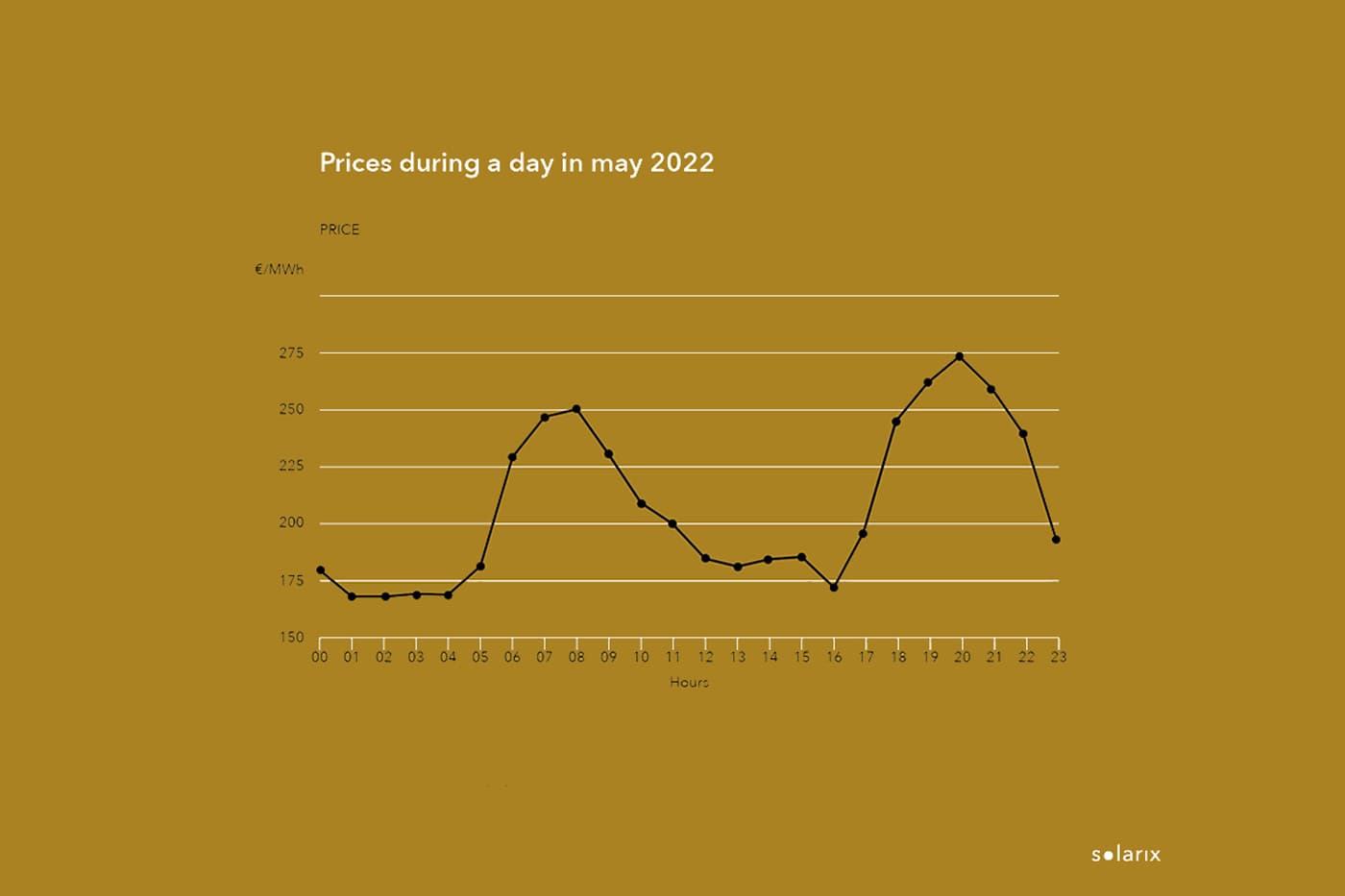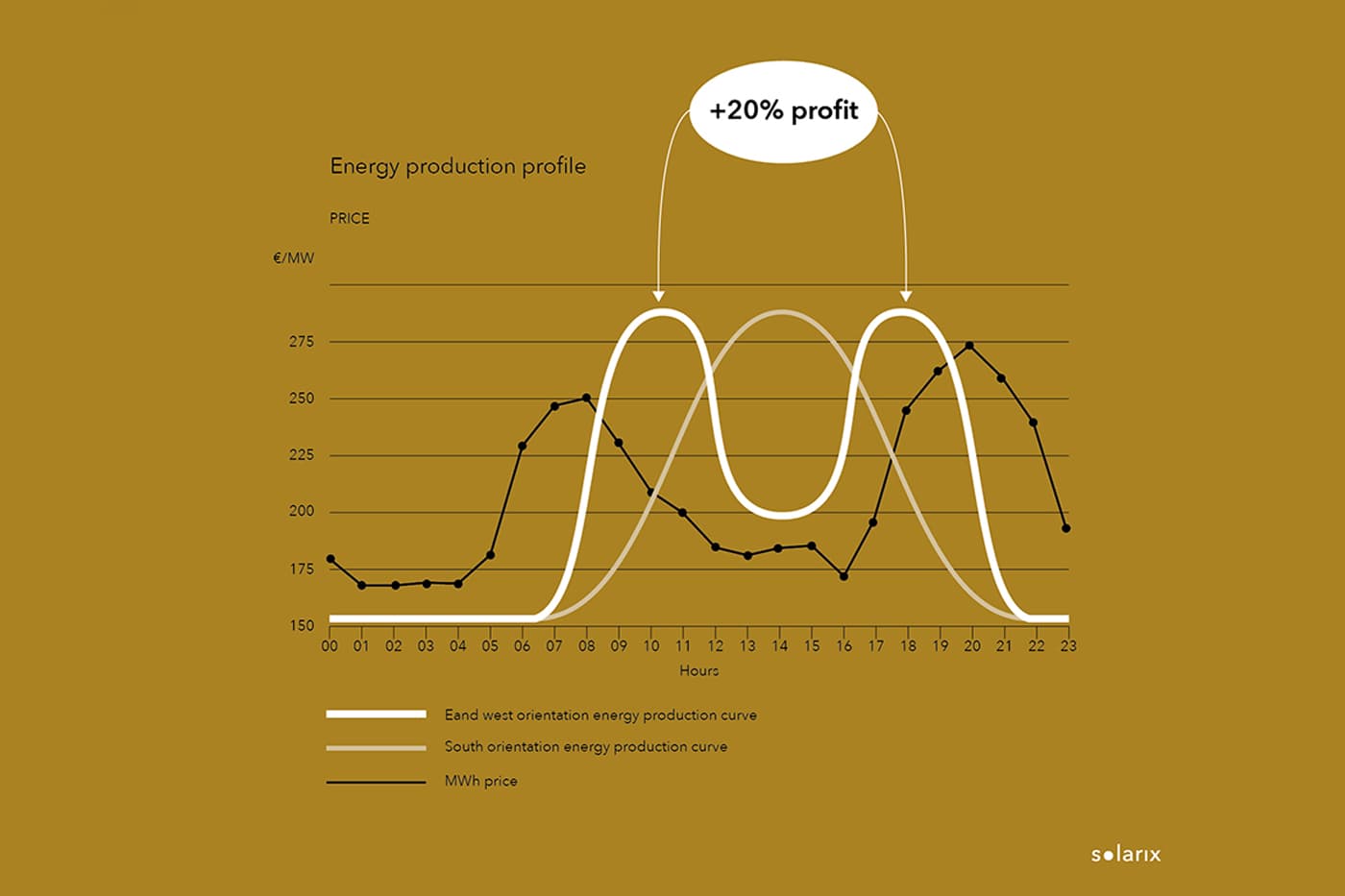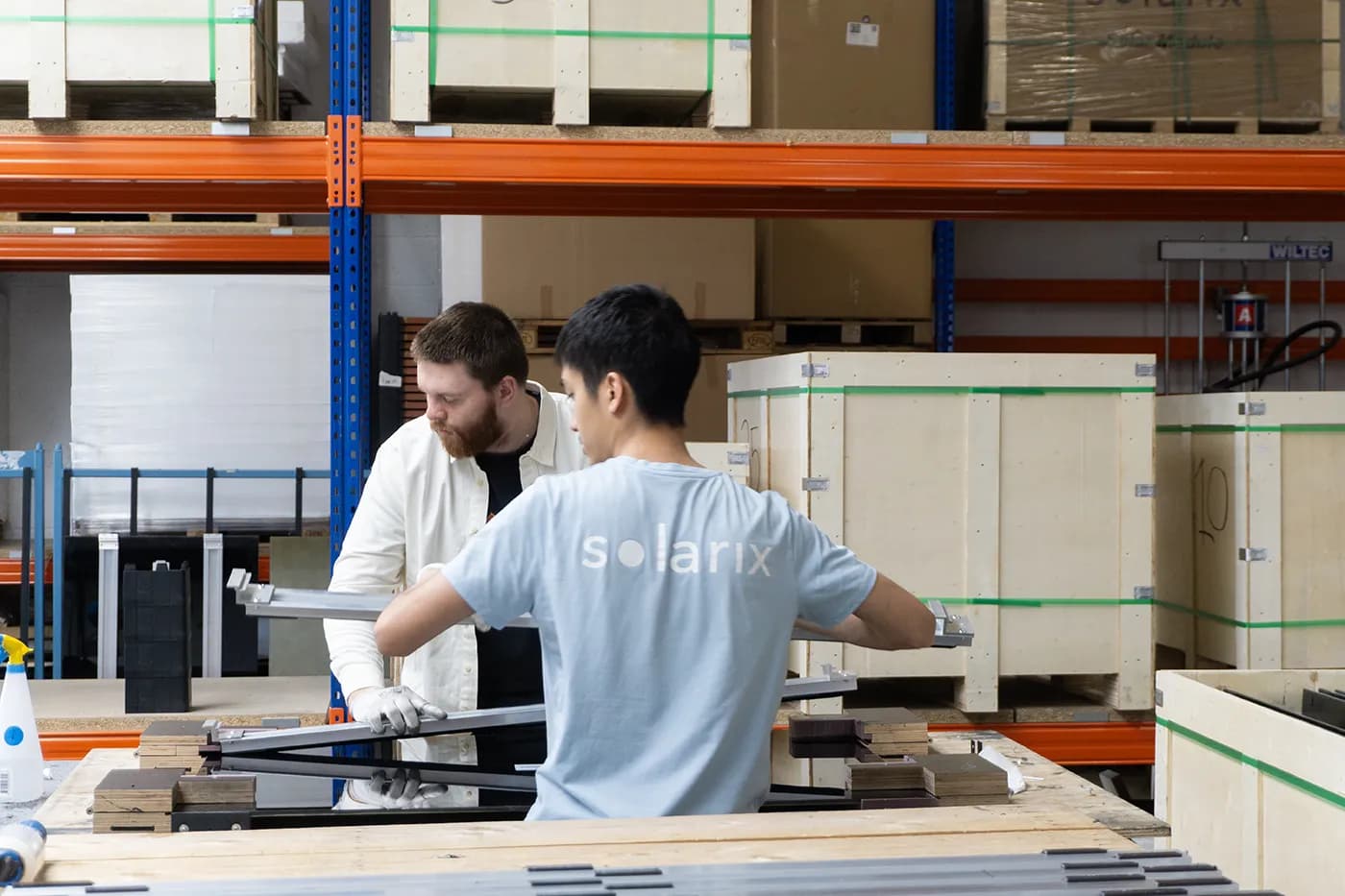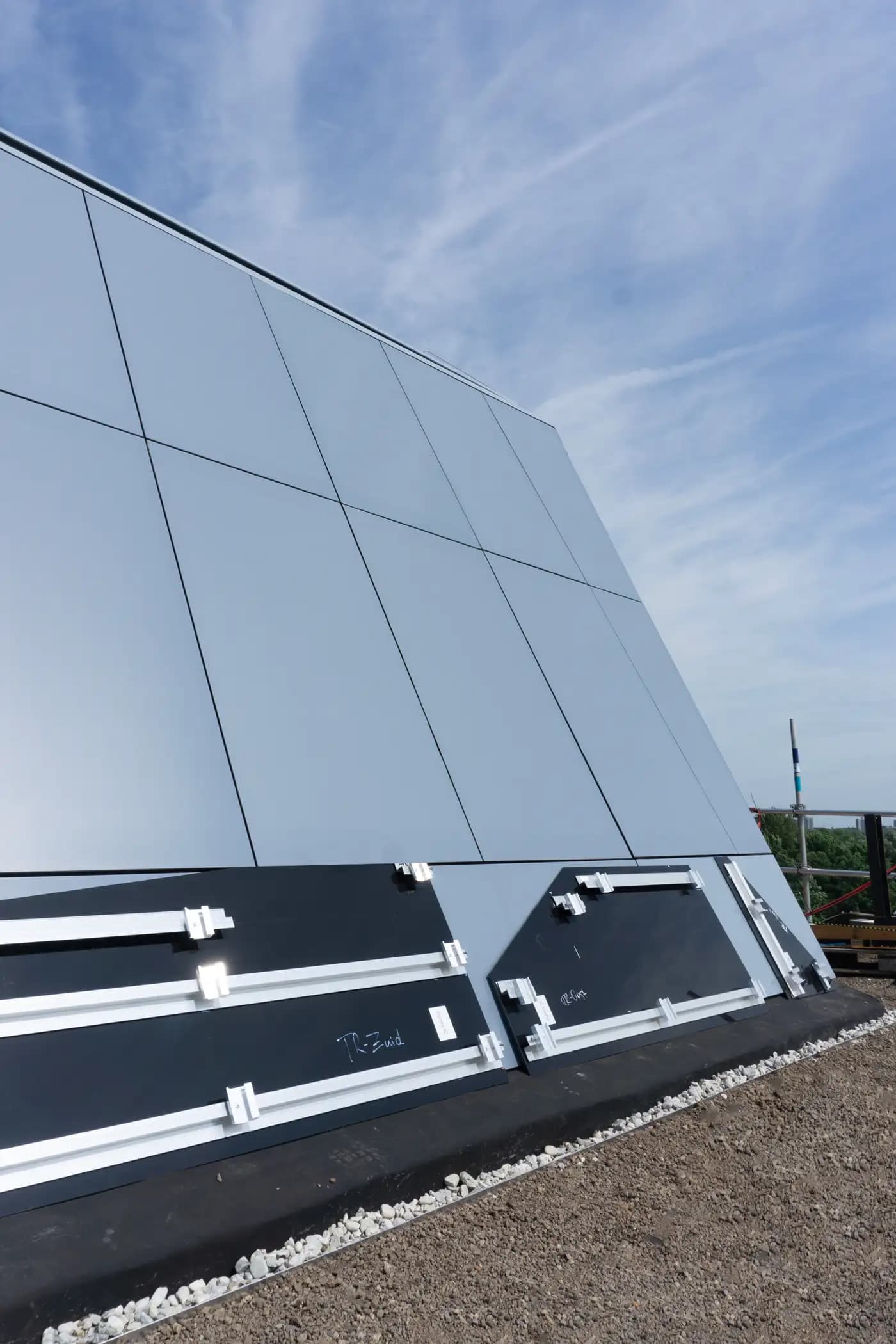Reduce strain on the power grid with vertical solar panels on building facades

Due to the energy transition, the demand for sustainable electricity is growing exponentially. But what happens when you, as a consumer, do not receive the desired power, or when solar energy producers are unable to feed their generated electricity into the grid? This leads to grid congestion, or overloading of the power network. An innovative solution to this issue is the use of vertical solar panels, also known as facade solar panels. These panels are installed vertically on the facades of buildings and can help reduce the pressure on the power grid.
Vertical solar panels: a solution to grid congestion
According to De Volkskrant, “the demand for electricity is rising so rapidly that the power grid in more and more locations is becoming overloaded. As a result, some new users can no longer be connected.” In 2020, Het Technische Weekblad also reported that “the capacity to transport electricity is insufficient in more than 250 areas of the Dutch grid.”
Many of the current power cables cannot cope with the increasing demand for electricity. Installing new cables, however, can take up to seven years. Grid operator Liander has even created an online map showing where the network has reached its maximum capacity. This highlights the urgency of the issue.
The Impact of Solar Energy on the Grid
The growth of solar energy is contributing to the overloading of the grid. With the increasing demand for electricity, more solar panels are being installed on rooftops. However, solar energy production often does not align with consumption. According to the NOS, the Dutch power grid “cannot keep up with the transition to sustainable energy and electrification.” As the demand for electricity grows, more solar power systems are being installed, but the generation of energy and its consumption do not always coincide. This leads to grid congestion, which in turn slows down the energy transition.
On sunny days, when demand is relatively low – for example, during holidays or weekends – this can cause peak loads on the grid. Standard flat-roof solar panels, typically installed at a 10-15 degree angle in an east-west configuration, generate peaks in energy production around midday. These peaks can overload the grid, particularly during the summer months. This issue can be alleviated by spreading energy generation beyond these midday peaks.
How vertical solar panels ease grid strain
According to our Solar Expert, Evert Bende, vertical solar panels installed on east and west-facing facades can reduce the midday peaks. The energy production peaks of vertical solar panels occur in the morning and afternoon, helping to ease the load on the power grid.
Benefits of vertical solar panels
Improved energy production in winter: Vertical solar panels generate relatively more energy during the winter, when electricity demand is higher. This is ideal for a future where heat pumps, mandatory from 2026, will increase energy needs during the colder months.
Distributed energy production peaks: The energy production peaks of vertical solar panels occur in the morning and afternoon, easing the load on the grid during the midday peak, when most flat-roof systems generate their highest output.
More efficient energy consumption: The energy produced by vertical solar panels aligns more closely with the consumption patterns of businesses and offices, leading to higher self-consumption and reduced strain on the power grid.
Favourable market prices: Vertical solar panels benefit from higher electricity prices during peak hours in the electricity market (EPEX spot). The production peaks in the morning and afternoon align better with these market prices.
Higher yields in winter: Vertical solar panels generate more energy during the winter months, when electricity prices are higher.


Why vertical solar panels are the future
Installing vertical solar panels on building facades is a smart and sustainable solution to reduce strain on the power grid. However, this technology is still underutilised by governments and grid operators. If we continue with the current trend of flat-roof solar systems, grid congestion will increase, potentially causing harmful consequences for society. Vertical solar panels offer an opportunity to continue the energy transition without overloading the power network.Would you like to know more?
Our Solar Expert Evert Bende is ready to tell you all about the benefits of vertical solar panels.
• 24 May 2022



